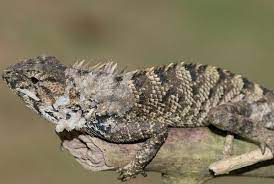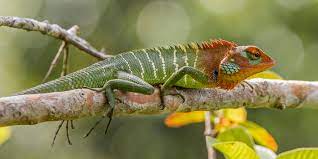Free Courses Sale ends Soon, Get It Now


Free Courses Sale ends Soon, Get It Now



Disclaimer: Copyright infringement not intended.
Context
Details
Calotes Genus
Taxonomy:

Characteristics:
Size:
Coloration:
Crests and Appendages:
Habitat:
Behavior:
Diet:
Reproduction:
Distribution:
Notable Species:
Calotes versicolor (Changeable Lizard):
Calotes grandisquamis (Green Forest Lizard):
Calotes mystaceus (Blue Crested Lizard):
Conservation Status:
|
PRACTICE QUESTION Q. Consider the following statements: 1. Calotes species are predominantly arboreal, meaning they primarily inhabit trees and vegetation. 2. Calotes are nocturnal, meaning they are active during the night. 3. Calotes species typically lay eggs, and the females may bury them in the ground or hide them in vegetation. Which of the above statements is/are incorrect? A) 1 only B) 2 only C) 2 and 3 only D) None Answer: D) None |
© 2024 iasgyan. All right reserved